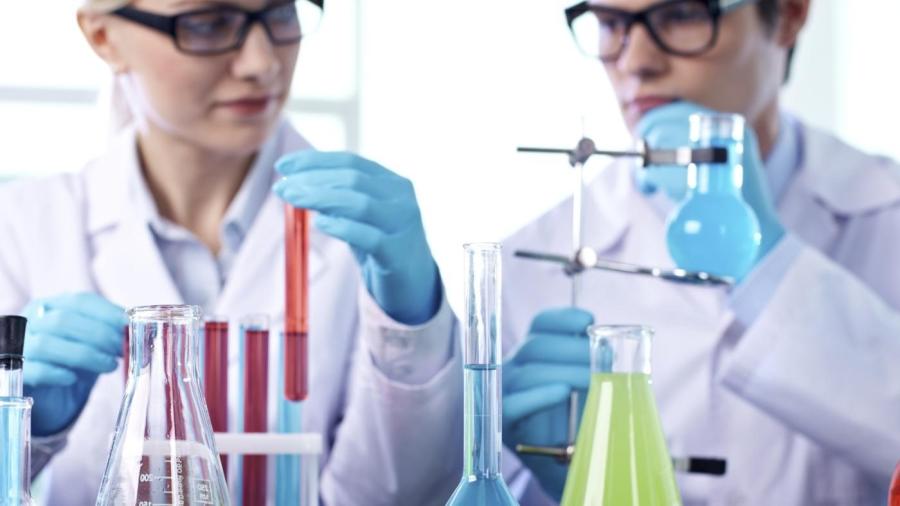What Is an Experimental Setup in Science?

In science, the experimental setup is the part of research in which the experimenter analyzes the effect of a specific variable. This setup is quite similar to the control setup; ideally, the only difference involves the variable that the experimenter wants to test in the current project.
Consider a scenario in which a researcher wants to determine whether scuffing a baseball with an emery board provides more distortion to the baseball’s flight than a dab or two of Vaseline. Both of these methods were used, primarily in the 1970s and 1980s, to help pitchers gain an advantage over batters. The researcher would engage the services of a pitcher, and after a warm-up period, would have the pitcher throw a set number of pitches, such as 10 fastballs and 10 curve balls with no doctoring to the baseball at all. This is the control setup.
Next, the pitcher would use an emery board to scuff the surface of the ball. It would be important for these pitches to take place at the same time and place as the control pitches to keep the environmental factors the same. The experimental setup would involve 10 fastballs and 10 curve balls with the doctored baseball. Continuing with 10 fastballs and 10 curve balls with a ball that has some Vaseline on it and comparing observations of the flight of the baseball would constitute the experimental setup. The observer could be a potential batter or someone standing behind the catcher — or the catcher himself.





